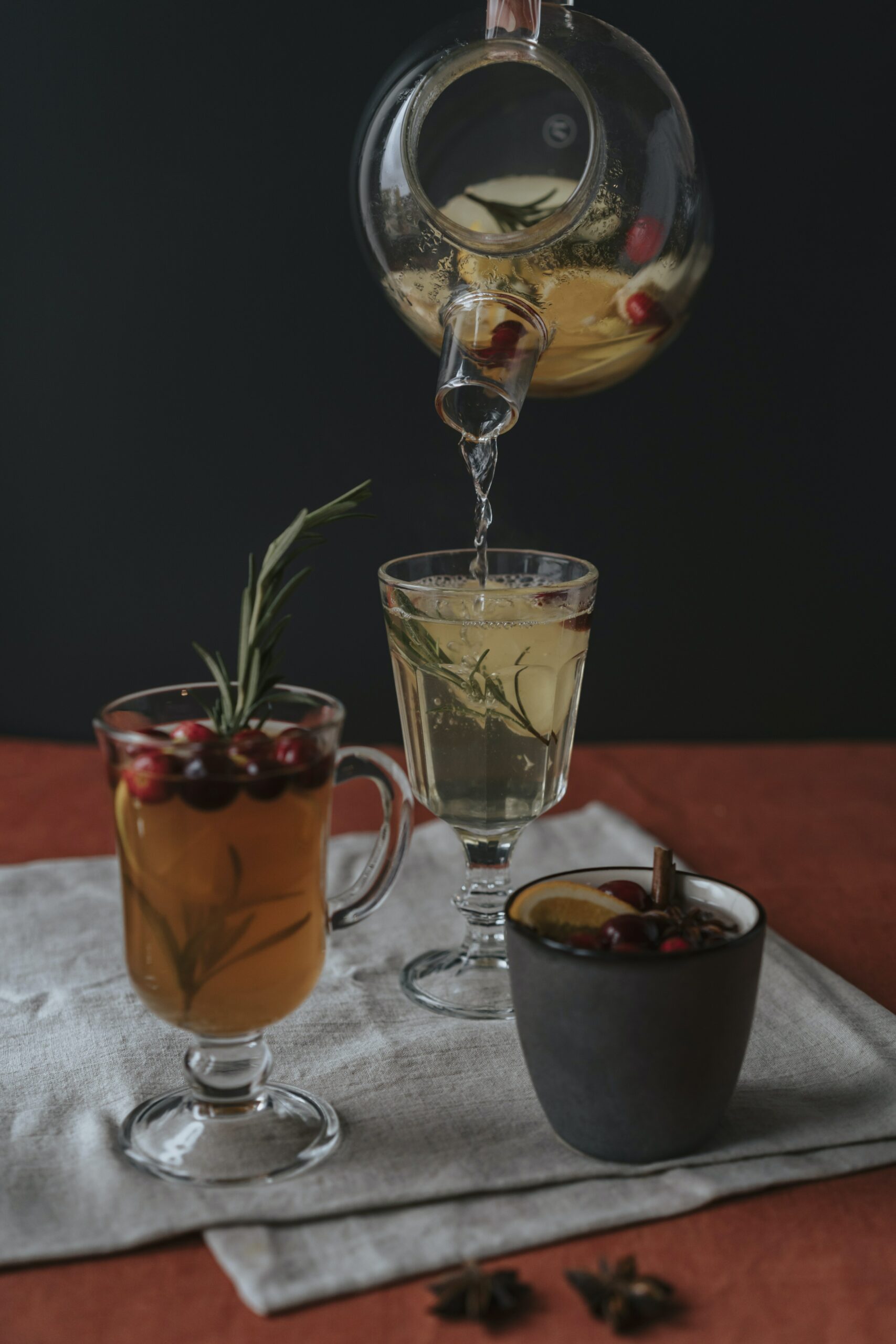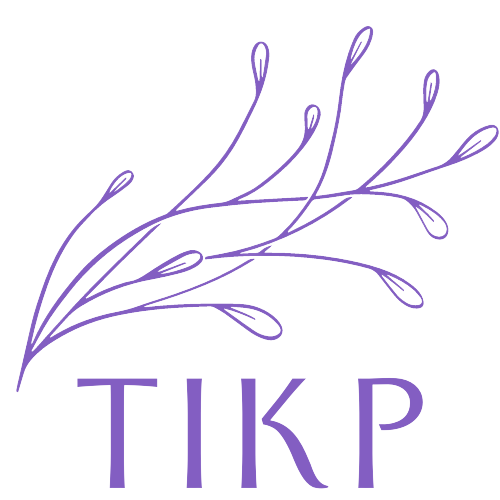Popular fabric in Europe: Which Fabric Is Popular in Europe?

The choice of fabric depends on the climate in which you live, your lifestyle, and what type of garment you want to wear. There are several factors to consider, including cost, availability, durability, care and maintenance, and style. Climate is the first thing you should consider. If you live in a cold climate, you need to choose a fabric that will keep you warm and comfortable. Fabrics that wick moisture away from the skin are ideal for such climates.
Fabrics that do not breathe, like cotton and polyester, are not good choices. Fabrics made from wool, silk, or cashmere are excellent choices for warmer climates. Fabrics made from synthetic fibers, such as rayon, nylon, and spandex, are not recommended for colder climates because they are not durable or long-lasting. Synthetics are also less comfortable to wear. When shopping for clothes, you should choose fabrics that are easy to clean and wash, as well as easy to care for and repair. Avoid synthetic fabrics, as they are not very durable or easy to care for. Natural fibers, such as cotton, linen, and wool, are much easier to care for, so they are popular fabric in Europe.
Wool is especially good for outdoor clothing, and cashmere is best for winter clothing. Durability is the second factor to consider. Fabrics made from cotton, wool, and other natural fibers are more durable than those made from synthetic fibers. Synthetic fibers are also less flexible than natural fibers. This means that they will break down more quickly if you try to wash them in a machine. However, if you want to wash your clothing by hand, synthetic fibers can be washed just as easily as natural fibers of outer garments. You may sew the clothing using flax plant or animal skins in Northern Europe.
When was the first time you heard about French terry?
The first time I ever heard about French terry was when I read a post by The New York Times. They were talking about a new book by journalist and author Paul Tough, called How Children Succeed. In the book, he argues that, "Children who grow up in stable homes, families, schools, and communities do better in life."
Tough says that "the strongest predictor of a child's success in school and life is not what a child's parents make or where a child lives but how much support she gets from family and community members." This reminded me of something else that I had read earlier in the year in cambridge university press of cambridge history. The World Economic Forum's Global Competitiveness Report stated that the "French" were the best country in the world to raise children.
They were also the country with the highest concentration of highly qualified professionals. But what do these two things have to do with each other? Well, the French are very family-oriented. So, what does this tell us about the importance of family and community to children industrial revolution in high middle ages?.
The History of Fashion: Fashion Trends in France, England and the Netherlands
Fashion is a concept, which has changed with time. It was only recently that we began to see the emergence of fashion trends. However, it is only in the past few hundred years that we have seen the emergence of fashion trends. Fashion is very much a part of our lives today. You may not realize it, but we wear fashion on a daily basis. Whether we are dressed for work or going out to a club, we wear clothing that shows off our body shape and how we want to appear.
Why France Is Making So Much Fashion-y Fabric And Why American Style Washes Out
The French love to make beautiful clothing out of beautiful fabric. But what is it about French fabric that keeps it looking so much better after washing? The answer lies in the different types of fibres used to make fabrics. French fabrics tend to be made out of natural fibres, such as cotton, linen, silk and wool. All of these fibres have very different properties from each other, making them ideal for creating specific fabric types. For example, linen is a great choice for light weight clothes because it is highly breathable. Silk is great for luxury clothing because of its softness.
Cotton is a versatile fibre that works well for most purposes. Wool is naturally antibacterial, and it's great for keeping cold weather clothing warm. American fabrics tend to use synthetic fibres. These are synthetic materials created from oil, coal, wood or plastic. They are used to create everything from sports apparel to car upholstery. Synthetic fibres are more durable and don't break down like natural fibres, so they can be used to make fabrics that last longer. Synthetic fibres are also a lot cheaper than natural fibres, which makes it easier to manufacture large quantities of clothing.
However, synthetic fibres are much less versatile than natural fibres. Because they are more durable, they can't absorb as much moisture, and they can't breathe like natural fibres. This means that synthetic fabrics are not as easy to wash, which can result in them feeling less comfortable and wearing out sooner than natural fabrics. So, they are out of textile industry in European Union.
What Makes Popular Fabrics In Different Countries?
For decades now, people have been purchasing clothing, accessories, and household items from retailers. This has created a huge demand for raw materials to be used in manufacturing.

In recent years, we have seen a number of new fabrics emerge. There is a variety of types of fibers used for making these fabrics. These include cotton, wool, nylon, acrylic, silk, polyester, and others. In the past, the demand for certain fabrics was driven by a need for clothes and garments that were comfortable in textile production cotton fabrics.
However, with the rise of the fashion industry, people have now become more interested in the aesthetic appeal of the products. Nowadays, the demand for certain fabrics depends on a combination of factors, including the cost, the durability, the comfort, and the style. Cotton is the most popular type of fabric for clothing, because it is inexpensive and easy to dye. Cotton is very durable and can be washed repeatedly without losing its color. It is available in a range of colors and textures, and it is breathable.
Wool is soft and warm, and it is a popular choice for sweaters medieval clothing in early medieval europe. In addition to being soft, it is also hypoallergenic and odor-resistant. Because it is easy to dye, it is often used for clothing. Nylon is a man-made fiber, which is resistant to chemicals and heat. It is also highly durable, and it can be used for a wide range of products, from tableware to shoes. Acrylic is a synthetic fiber that is durable and flexible. It is used for a variety of different purposes, including for sports apparel. Silk is a natural fiber that is soft, lightweight, and strong.
